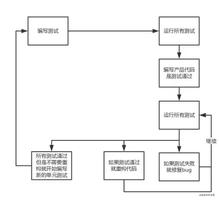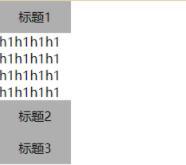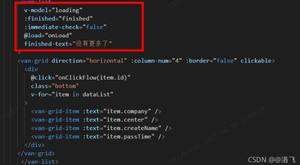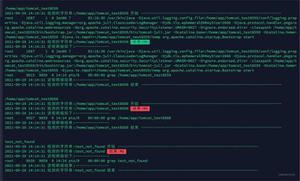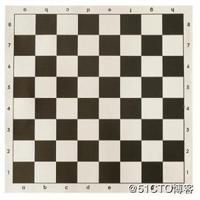vue 关于导航守卫

每个守卫方法接收三个参数:
to: Route: 即将要进入的目标 路由对象from: Route: 当前导航正要离开的路由next: Function: 一定要调用该方法来 resolve 这个钩子。执行效果依赖next方法的调用参数beforeRouteEnter (to, from, next) {// 在渲染该组件的对应路由被 confirm 前调用
// 不!能!获取组件实例 `this`
// 因为当守卫执行前,组件实例还没被创建
},
beforeRouteUpdate (to, from, next) {
// 在当前路由改变,但是该组件被复用时调用
// 举例来说,对于一个带有动态参数的路径 /foo/:id,在 /foo/1 和 /foo/2 之间跳转的时候,
// 由于会渲染同样的 Foo 组件,因此组件实例会被复用。而这个钩子就会在这个情况下被调用。
// 可以访问组件实例 `this`
next(vm => {
// 通过 `vm` 访问组件实例
})
},
beforeRouteLeave (to, from, next) {
// 导航离开该组件的对应路由时调用
// 可以访问组件实例 `this`
}
【注1】
beforeRouteEnter守卫 不能 访问this,因为守卫在导航确认前被调用,因此即将登场的新组件还没被创建。不过,你可以通过传一个回调给
next来访问组件实例。在导航被确认的时候执行回调,并且把组件实例作为回调方法的参数。【注2】
beforeRouteEnter是支持给next传递回调的唯一守卫。对于beforeRouteUpdate和beforeRouteLeave来说,this已经可用了,所以不支持传递回调,因为没有必要了。
一 执行顺序
beforeRouteLeave < beforeEach < beforeRouteUpdate < beforeEnter < beforeRouteEnter < beforeResolve < afterEach
二 next作用
使导航守卫队列继续向下迭代
三 离开守卫通常用来禁止用户在还未保存修改前突然离开
beforeRouteLeave (to, from , next) { const answer = window.confirm('Do you really want to leave? you have unsaved changes!')
if (answer) {
next()
} else {
next(false)
}
}
以上是 vue 关于导航守卫 的全部内容, 来源链接: utcz.com/z/378566.html


